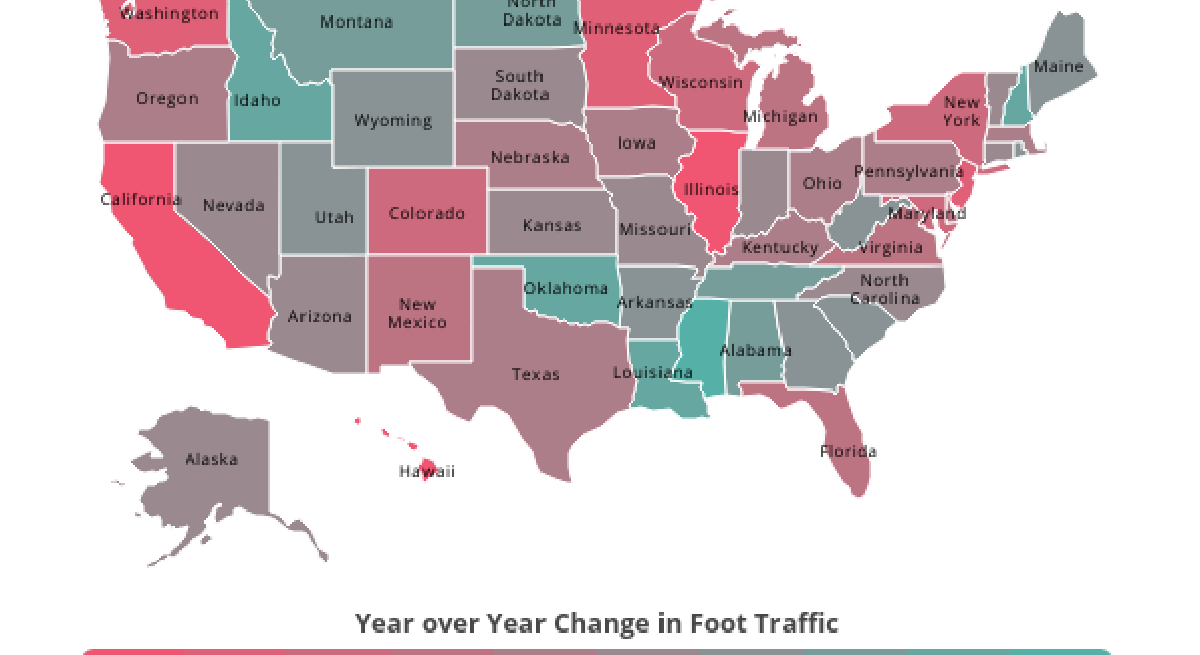Foot Traffic Suggests Slow but Steady Recovery
2 Min Read
A comparison of year-over-year foot traffic rates across different dining subcategories reveals they are all experiencing a slow but steady recovery, according to the latest data from foot traffic analytics platform Placer.ai.“Unsurprisingly, the hardest-hit dining segment was sit-down dining, which saw a dramatic drop of around 40 percent in year-over-year visits during the winter months,” said Placer.ai’s Maytal Cohen. “In contrast, QSR chains, which tend to fare well during periods of economic uncertainty and benefit from high off-premise sales and takeaway services, have been performing relatively well, seeing a drop of only 25 percent to 30 percent in year-over-year visits during those same months.”
The coffee segment also saw an impressive recovery, with similar year-over-year visit rates to those of the QSR category. Location data also showed that despite the sector’s overall positive recovery trend, the winter of 2021 brought with it another small dip in…
Sorry, You've Reached Your Article Limit.
Register for free with our site to get unlimited articles.
Already registered? Sign in!

